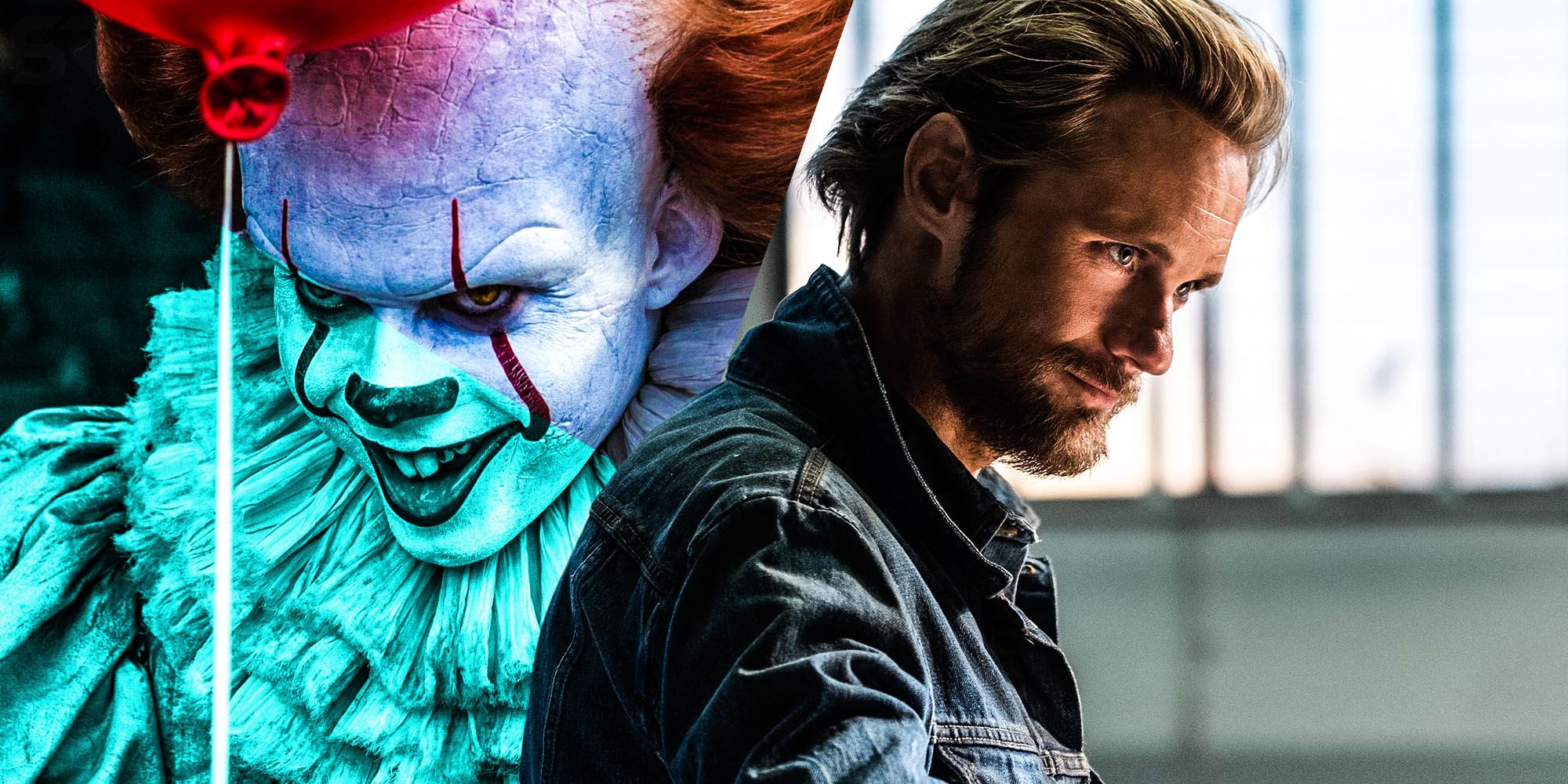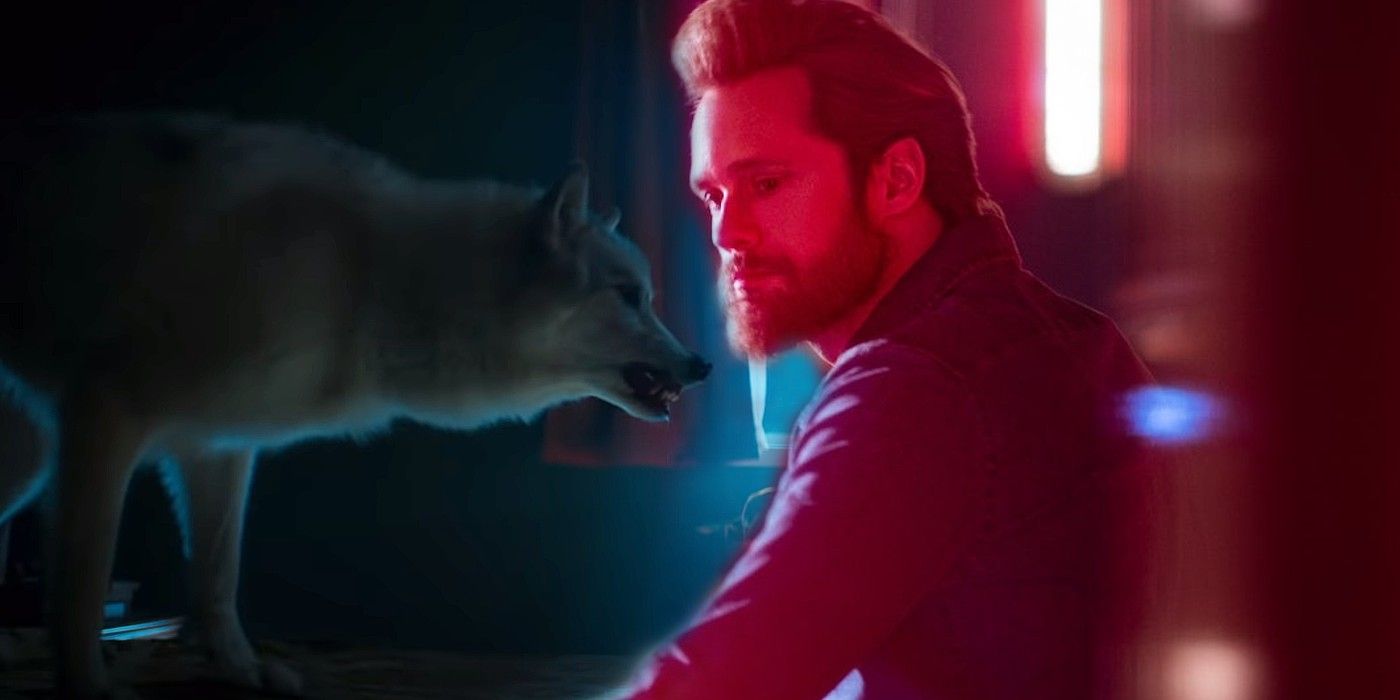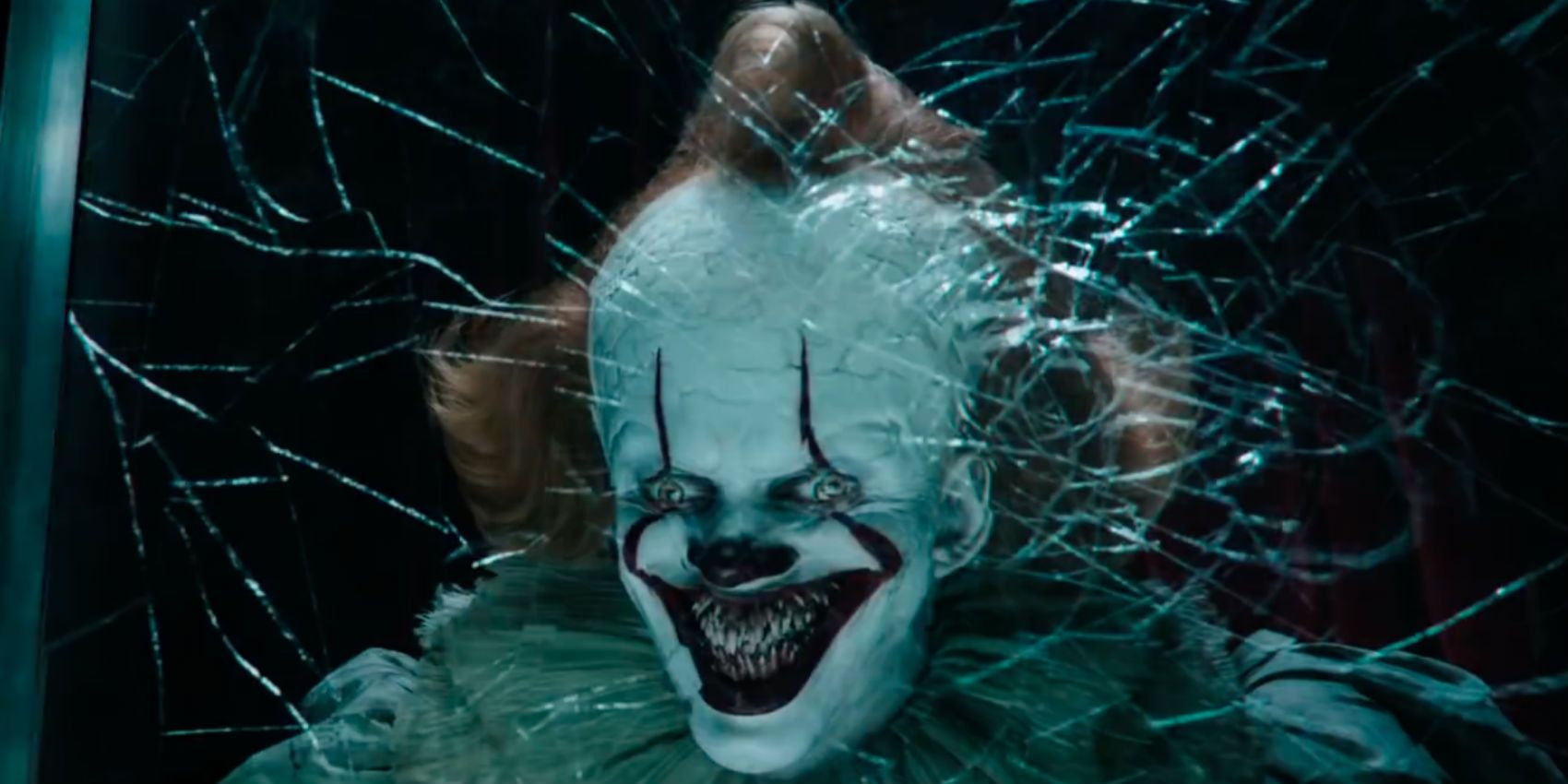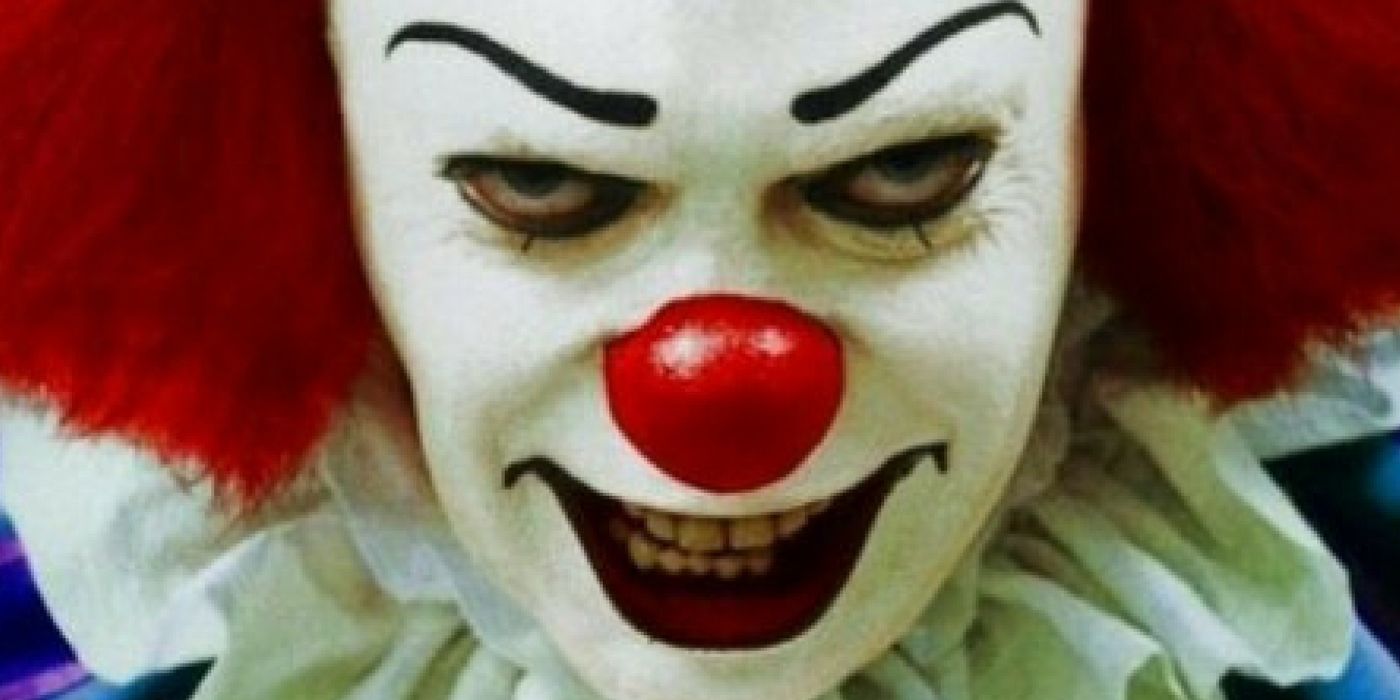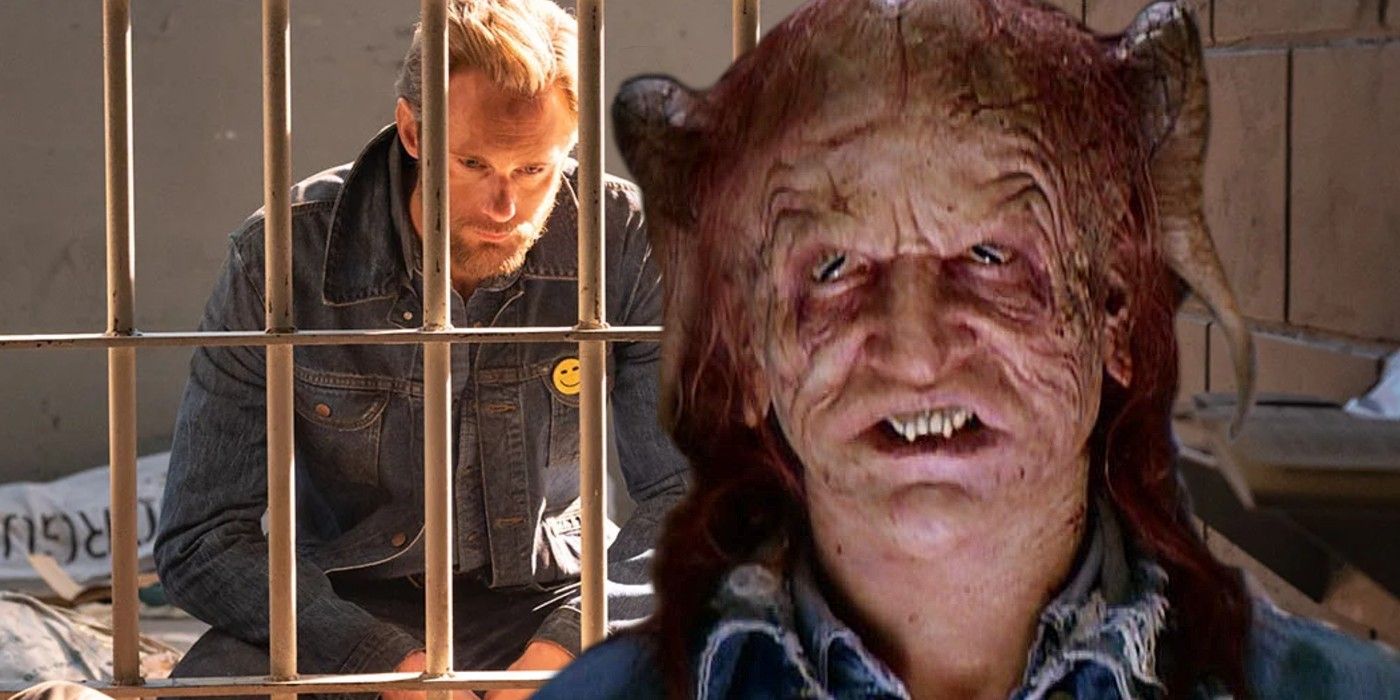It’s Pennywise the Dancing Clown proved a legendarily scary Stephen King villain while The Stand’s recent re-imagining of Randall Flagg was a disappointment for fans of the author, so how did such similar characters end up receiving such different reactions? Since the release of Carrie in 1974, horror icon Stephen King has been a mainstay on the bestseller list worldwide. The Shining's author is an era-defining figure in modern literary horror for many readers, but his screen adaptations have a mixed track record.
Some Stephen King stories translate to cinema and the small screen perfectly, whereas others prove the maxim that a lot of novels were never meant to be movies. For example, 2017’s It and its 2019 sequel It Chapter 2 were massive blockbuster successes, and while the sequel received a mixed critical reception, the first film earned rave reviews. In contrast, 2020’s big-budget remaining of King’s post-apocalyptic doorstopper The Stand was a resounding small-screen flop with fans and critics alike.
What makes this disparity particularly interesting for fans of King is one specific similarity between the two works. In genre terms, length is about all that the two original novels have in common, with both being absolute behemoths. It is a small-town horror story and coming-of-age narrative set across two generations, whereas The Stand is a sprawling, ambitious sci-fi fantasy epic about the battle between good and evil after a pandemic wipes out much of the planet’s population. However, the villains of both texts are very similar, and the reactions to them could not have been more divergent. Both It’s Pennywise the Dancing Clown and The Stand's Randall Flagg are major Stephen King villains played in their most recent screen incarnations by famous siblings the Skarsgaards, both were the main antagonists of their respective big-budget remakes, and both were first seen onscreen in an earlier 90s miniseries. So, why did Pennywise become an icon of horror while Randall Flagg was a forgettable misfire?
Pennywise and Randall Flagg Comparison Explained
Randall Flagg is an “accomplished sorcerer” whose powers of dark magic make him high-on immortal, where Pennywise is an ancient evil deity. Otherwise, though, the two characters are comparable in numerous ways. Not only do the two both share the list of similarities outlined above, but Flagg and Pennywise are also both recurring villains who appear in numerous King novels. In terms of supernatural powers, Pennywise and Randall Flagg are also both able to shape-shift and use this ability to command fear, with Randall showing his demonic true form on occasion while Pennywise transforms into whatever scares the children he is hunting. Furthermore, both villains also use mind control to seduce unknowing pawns into doing their dirty work for them. In the case of Flagg, many of his followers are overwhelmed by his charisma and manipulation (and also seeing him perform genuine paranormal feats), whereas Pennywise’s hold over small-town bully Henry Bowers is a more direct form of hypnosis.
Pennywise Was A Major Character (Randall Isn’t)
Pennywise’s frequent appearances throughout both It adaptations ensured that the villain was front-and-center, meaning character drama never overtook the threat that he embodied as the main focus of the story. Some of It's subplots, like Eddie and Richie’s LGBTQ+ love story even suffered as a result of this, with the movie adaptations focusing on returning to Pennywise over fleshing out the main cast’s characterization. In contrast, as a huge, sprawling story of good and evil with innumerable POV characters, The Stand focuses on countless characters and often forgets about Flagg for chapters at a time — a problem worsened by the 2020 adaptation which barely utilizes Skarsgaard in the role. The re-telling’s decision to tell the story out of order meant that Flagg was often absent for entire episodes at a time, leaving viewers with little to fear or remember between outings of the miniseries thanks to one of The Stand’s worst changes from the original novel.
Pennywise Has A Great Early Incarnation (Randall Didn’t)
Tim Curry’s original version of Pennywise was so beloved by King fans that many consider him the saving grace of the otherwise-overrated original 90s miniseries, with the iconic actor’s screen presence papering over some questionable performances and outdated effects. While Law and Order’s Jamey Sheridan is fine as Flagg in 1994’s The Stand, there’s nothing notable about the performance, and the same is true of Matthew McConnaughey’s turn in 2017’s misfire The Dark Tower. Skarsgaard could have made the character his own, but there was no existing blueprint for a new Flagg to build on, whereas his real-life brother had very famous clown shoes to fill in the role of Pennywise.
Pennywise Had Small Ambitions (Randall Didn’t)
Pennywise embodies the small-town homophobia, intolerance, bigotry, and banal evil of Derry, Maine, and within that small corner of the world, he is essentially unstoppable — particularly when he is targeting lone teens and children. The fact that Randall wanted to take over the entire world necessarily makes him a public figure and thus a different sort of evil to Pennywise, who could operate in the shadows, stay out of focus, and pick off victims one-by-one. Pennywise can avoid crowds, public places, and anything else that could dim his threat level (just look at the unintentionally funny lumberjack statue chase in It Chapter 2 for proof that he isn’t as scary in broad daylight). Randall, on the other hand, spends much of his screen time in The Stand acting as a politician—certainly a powerful person, but not the most outright threatening role for him to fill.
Cary Fukunaga’s original script for It made the character’s long history in the town more explicit, but the version that viewers got left his origins mostly a mystery until the sequel. In contrast, Randall is both under and over-explained, with viewers of The Stand never really learning what he is or if he can be killed for good, but simultaneously spending entire episodes seeing nothing of him or only watching him preside over board meetings in his Las Vegas hideout. With big ambitions but nothing to ground them, The Stand’s Randall Flagg was never going to have the immediate impact of It’s killer clown Pennywise.

